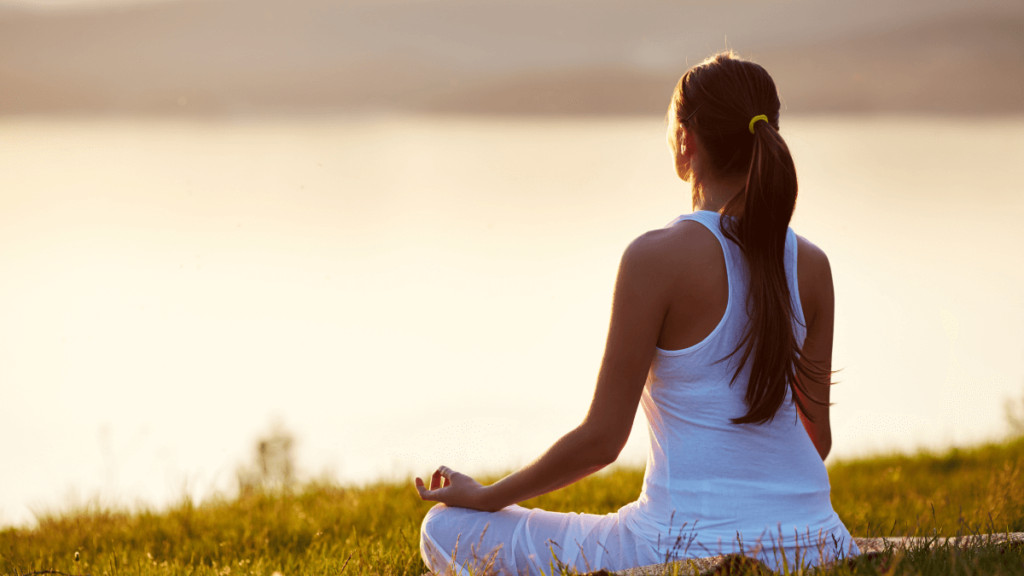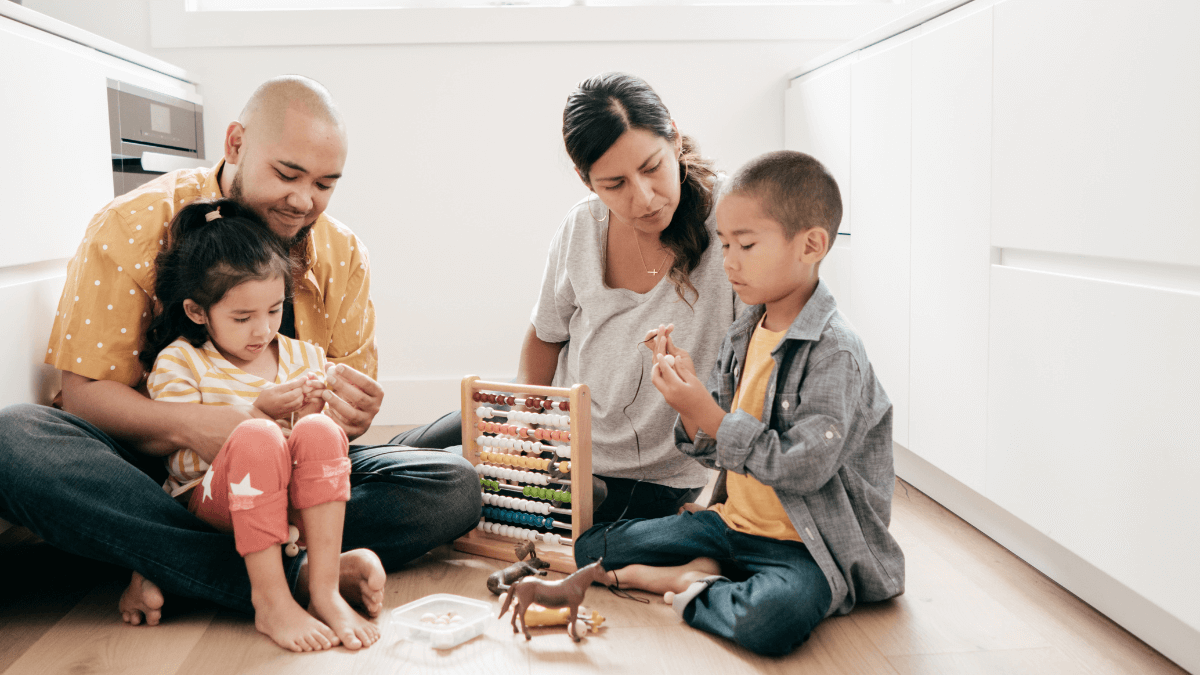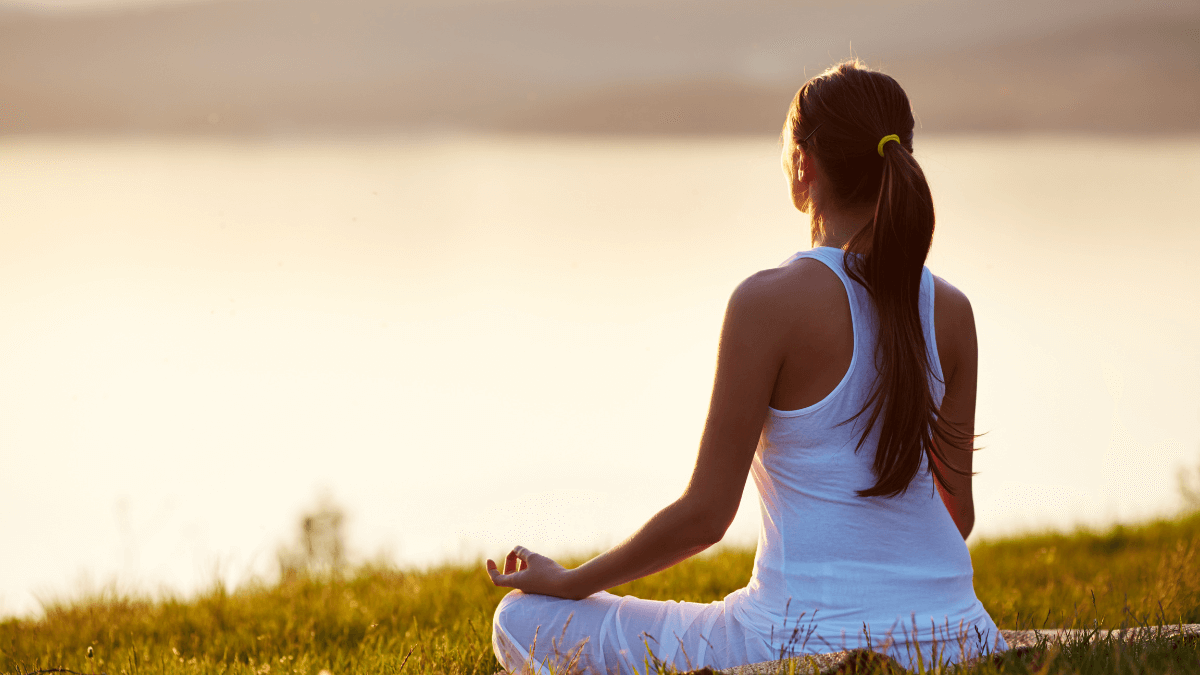Introduction
Mindfulness meditation is an ancient practice that can help us cultivate a greater sense of peace and productivity in our lives. It involves focusing on the present moment and being aware of our thoughts, feelings, and sensations without judgement. With meditation techniques, we can gain greater insight into ourselves, allowing us to better manage stress, increase focus and concentration, and live more intentionally. In this article, we will explore some tips for making the most out of your mindfulness practice in order to lead a more peaceful and productive life. You’ll learn about techniques for improving your overall well-being, as well as how to use mindfulness in daily tasks like work or school. By following these meditation tips, you can reap the full benefits of vigilance meditation and create lasting positive changes in your life.
Meditation benefits
Meditation is a powerful technique for calming the mind and achieving inner peace. It has been used for centuries to help people relax, reduce stress, and increase focus. Some of the benefits of meditation include improved concentration, better emotional regulation, enhanced self-awareness, and increased acceptance of difficult emotions. Additionally, research has shown that meditation can help reduce physical pain and improve overall health. It can also be used to cultivate kindness and compassion towards oneself and others. Meditation can be practised anywhere, anytime, making it an accessible tool for anyone looking to promote mental well-being.
Getting Started with Mindfulness Meditation practice
1. What You Need to Get Started

The first step is to set aside a comfortable space where you can practice without distractions. You don’t need any special equipment, just something like a cushion or mat, so you can sit comfortably for an extended period of time. It’s important to also create an atmosphere that is conducive to meditation; this could include playing soft music or lighting candles. Once you have your space ready, it’s time to focus on your breath and pay attention to the present moment without judgment or attachment. This practice helps develop mental clarity and focus, as well as reduce stress and anxiety levels over time. With regular practice, you will be able to cultivate more mindful awareness and enjoy the positive benefits at home or in the workplace.
2. A Simple Breathing Exercise

Breathing exercise helps to create calm and clarity in the mind. To begin, take a few moments to close your eyes and focus on your breath. Notice the feeling of your breath entering and leaving your body. Pay attention to how each inhales and exhales feels differently. As you continue to practice, try to increase the length of each breath so that you are able to breathe more deeply. This process can help to reduce stress levels and anxiety. Additionally, if you find yourself becoming distracted, simply acknowledge it and bring your focus back to your breathing. With a little bit of practice, this exercise can provide an excellent opportunity for relaxation and peace of mind.
3. Guided Meditations and Visualizations

Guided meditations involve relaxing your body and mind, focusing on your breath, and allowing thoughts to come and go without judgment. Visualizations involve imagining a peaceful place or an object that brings you peace, such as a beach, lake, or mountain. Once you have found a comfortable position in which to practice your meditation, you can start by gently closing your eyes and taking slow deep breaths. Focus on the rising and falling of your chest as you inhale and exhale deeply. As thoughts come into focus during this time, acknowledge them without judgment before returning to focus on your breathing. With regular practice of guided meditations and visualizations, you can find a greater sense of inner peace and balance.
4. How Often Should You Practice?
It is important to set aside a regular time and place each day for practice. The goal should be to practice for about 15-20 minutes each day. This will help establish a routine that will allow you to build on your practice and start to experience positive benefits from your meditation sessions. As you become more experienced, you may want to increase the length of your meditation sessions as well as how often you practice. Starting out with even two or three times a week can help build a foundation for more advanced practices later on.
Tips for Enhancing Your Mindfulness Practice
1. Choose the Right Environment

Choosing the right environment for your practice is an essential mantra to enhancing your experience. When selecting a space to practice, consider factors such as noise level, comfort, and ease of access. If you are able to create a comfortable and quiet environment that is conducive to mindfulness awareness, this can make the experience more enjoyable and meaningful. Additionally, if you have difficulty in setting aside time for your practice, consider finding an accessible location that is easy to get to when you need it most. By taking into account the tips for enhancing your mindfulness awareness and creating a space that best fits your needs, you will be able to maximize the benefits of your meditation session.
2. Keep a Journal of Your Experiences

Keeping a journal of your experiences is an excellent way to enhance your practice of mindfulness Writing down your thoughts and feelings can help you gain clarity and understanding of yourself and your environment. When writing, focus on the positive aspects of the experience, noting any moments of joy or peace that you experienced. Additionally, it can be helpful to reflect on how you responded to different situations and what changes you could make in the future. Be sure to write regularly, even if it’s just for five minutes a day—allowing yourself time for self-reflection can have a profound effect on both your mental and physical well-being. Lastly, try not to worry about being perfect when writing; just focus on getting your thoughts and feelings out on paper.
3. Find a Support Group or Teacher

Finding a support group or teacher is an important part of enhancing your mindfulness awareness. If you’re new to mindfulness, it can be helpful to find a group or teacher who can guide your practice and provide accountability. Look for resources in your area that offer classes or workshops, as well as online communities or forums dedicated to mindfulness. Many teachers and groups emphasize the importance of regular practice and provide tips for deepening your experience with mindfulness. They can also help you troubleshoot any difficulties you may encounter with meditation and other practices. Finally, having someone to talk to about your experiences can be encouraging when developing a consistent self-care routine.
4. Incorporate Movement into Your Sessions

Begin by focusing on how your body feels when you take slow, deep breaths. Next, move slowly through some gentle stretches or yoga poses while maintaining your focus on the breath and the sensations of each movement. You can also incorporate walking meditation into your practice by taking slow, mindful steps while focusing on the connection between your body and the ground beneath you. Finally, don’t forget to give yourself some time for creative expression in order to bring more peace and balance into your practice. Dance, write, draw or paint—any activity that lets you express yourself freely can help cultivate more awareness and connection with yourself. With these tips for enhancing your mindfulness awareness, you can enjoy a more meaningful experience every time!
5. Use Affirmations and Positive Self-Talk

Using affirmations and positive self-talk are great ways to enhance your mindfulness awareness Start by writing down some of the affirming statements that you’d like to use in your practice, such as “I am capable of achieving anything I set my mind to” or “I am strong and resilient.” During your practice, take a few moments to read these affirmations aloud or silently. Alternatively, you can spend time reflecting on how these statements make you feel. To make this part of your practice even more effective, try repeating each statement several times throughout the day. You can also use positive self-talk during difficult moments when negative thoughts come up. Acknowledge the thought but then replace it with a positive one such as “I am worthy and capable of handling this challenge.” With consistent practice, using affirmations and positive self-talk can help you cultivate greater resilience, self-confidence, and joy in life.
6. Make Time for Reflection

This can be done through journaling, meditating, or simply taking a few moments each day to think about what has happened that day and how it has affected you. Reflection allows us to process our emotions, learn from our experiences, and gain insight into ourselves and our lives. By making time for reflection regularly we can become more aware of our thoughts and feelings, creating a better understanding of ourselves and the world around us. Additionally, reflection helps us to make better decisions in the future by allowing us to look back on our past experiences. Making time for reflection is therefore an important part of increasing mindfulness and improving overall well-being.
Conclusion
Reaping the Benefits of Mindfulness in Everyday Life Mindfulness offers a wide range of physical and mental health benefits that can help you lead a healthier, more balanced life. Practising mindfulness can reduce stress, anxiety, depression, and other negative emotions. It can also improve focus, memory, and creativity. Mindfulness can also help you develop better relationships with others, as it encourages being present at the moment and listening to what others are saying. Finally, mindfulness helps us to live in the present and appreciate the small moments of joy that life has to offer. With regular practice, you can reap these many benefits and lead a happier, more fulfilling life.
Thank you for taking the time to read this article. We hope that you have gained a better understanding of the topic discussed. It is our goal to provide helpful and informative content on a regular basis. If there is anything else we can do to help, please let us know. We value your opinion and feedback and look forward to hearing from you soon. Thank you again for reading this article.























